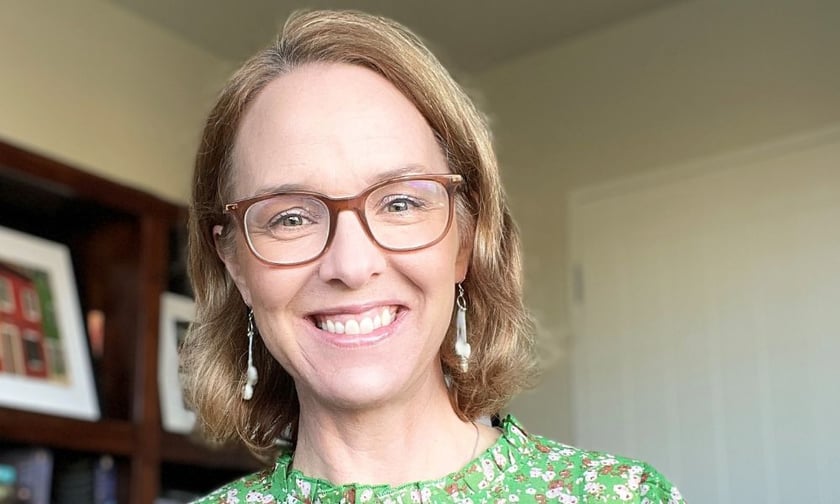

Across the insurance industry in New Zealand and Australia a serious gender pay gap problem persists. Some firms have achieved pay equity – where men and women receive the same pay for the same roles – but a broader problem remains. For much of the industry, there are still fewer women in leadership roles and also key areas like technology and risk.
Insurance Australia Group (IAG) is one firm that is trying to do something about it.
“We are proud of the fact there are no significant gender pay gaps on a ‘like role’ basis,” said Sonya Cornwall (pictured above), executive manager of people at IAG New Zealand. “However, our analysis of our data tells us that an overall gender pay gap does exist and the key contributing factor is representation.”
Gender equality-related employment figures are quite complex.
For example, IAG’s operation in New Zealand employs more than 4,000 people and more than 60% of those employees are women. In like roles, IAG NZ’s figures show comparable pay. This compares well to the Ministry for Women’s official figures. Those figures show that the gender pay gap in Aotearoa New Zealand, across the economy and including full-time and part-time jobs, is currently 8.6%.
However, like other insurance companies, IAG NZ’s gender pay situation is still very problematic in terms of the median organisational gender pay gap, which is 30.6%.
Across Australia’s financial services industry, according to the Workplace Gender Equality Agency (WGEA), the median gender pay gap statistic is about 26%.
IAG’s Australia and New Zealand operations have several programs to try and improve this situation. For example, in risk management roles.
“The Women in Risk Group actively promotes the development of women who play a role in managing risk across IAG and the three lines of defence,” said Cornwall.
The three lines of defence model is a recognised framework used by many insurance firms for managing risks. It was developed by the US headquartered Institute of Internal Auditors.
“Regular forums are designed to be a place where our risk community can come together, share personal experiences, listen widely, develop personal insights into opportunities for improvement and then lead with action and advocacy,” she said.
Cornwall said the Women in Risk Awards builds on that philosophy.
“These were launched to help promote the contribution that women play in managing risk for our customers, employees, shareholders and the community,” she said.
IAG’s policies around diversity, equity and inclusion in the workplace are another step towards reducing the gender pay gap. Cornwall said these policies are “a vital foundation of our people strategy.”
She said these policies guide their recruitment process.
“All candidates interviewed for the same position are evaluated and selected using the same interview questions and selection criteria – the latter being based on the skills, attributes, and qualifications essential for meeting the requirements of the role,” said Cornwall.
The aim, she said, is to build a workforce that reflects the customers the firm serves.
In Australia, Medibank, a private health insurance company, is also trying to reduce its gender pay gap.
The firm’s median total compensation gender pay gap was recorded at 19.3%, lower than the sector average but still significant.
“Gender segregation remains persistent in Australia, by industry, occupation and management category and this disparity continues to be a key driver of our median gender pay gap,” said David Koczkar, CEO of Medibank.
Koczkar’s firm is a member of the Champions of Change Coalition, formed in 2010, that aims to address this national disparity in economic outcomes for women.
For example, the Coalition has “A Guide for Inclusive Gender Equality”, which aims to “embed inclusive gender equality at the heart of all decision-making and design processes, across everything we do and deliver.”
Another big insurer with operations in both Australia and New Zealand is also grappling with pay gap challenges.
QBE Australia’s statistics show a 25.7% difference in compensation between men and women.
“Our 2022-2023 gender pay gap is an important measure and tells us we have more to do to address this gap,” said CEO Sue Houghton.
The insurer now has annual assessments to rectify pay discrepancies in similar roles, leadership training programs to prepare a diverse group of future leaders and a policy of promoting gender diversity at all company levels.
Houghton said her firm also believes in “a multi-faceted approach.”
For example, in February, QBE’s Australia and New Zealand operations both announced increases in their gender-neutral, flexible paid parental leave offering from 12 to 18 weeks.
What can be done to reduce the gender pay gap? Tell us what you think below
